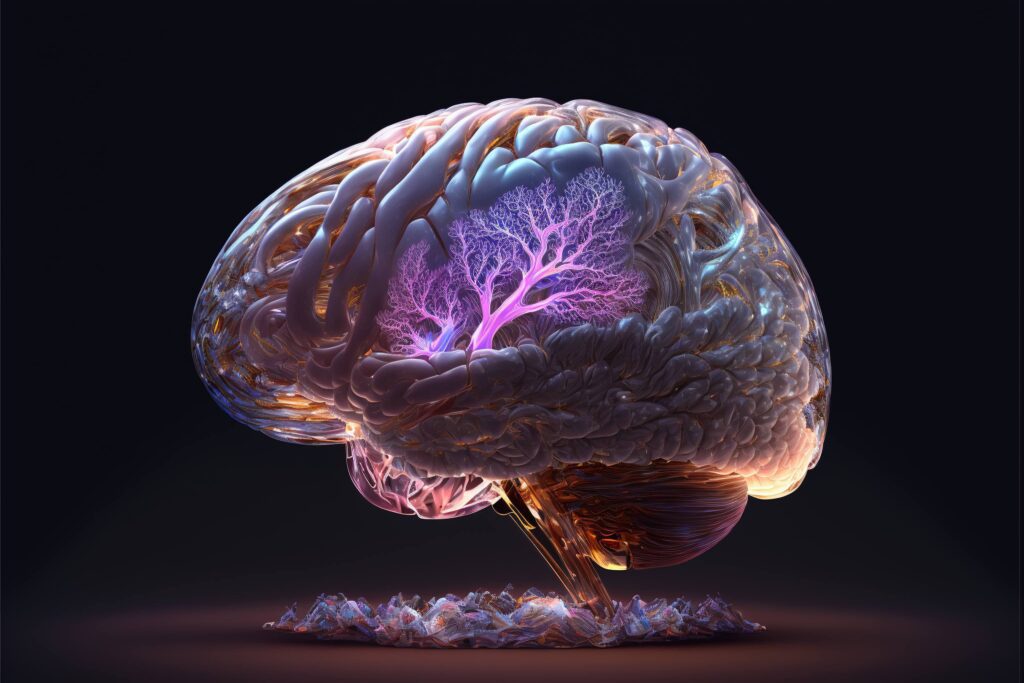Matimba Molly Chilala
Ndola, Zambia

Does intelligence depend on the size and dimensions of the brain? According to the Merriam-Webster Dictionary, intelligence can be defined as the ability to understand or deal with novel or trying situations. It is also described as a mental quality that consists of the ability to learn from experience, adapt to new situations, handle abstract concepts, and use knowledge to manipulate the environment.1 But even as the concept of intelligence has been widely discussed, there is no universally agreed definition for it.
Cognitive abilities vary across different animal species. Many theories have been generated to explain this, one of them being differences in brain size and dimension. Michael McDaniel measured the brain volumes of individuals using neuroimaging techniques and correlated these measurements with scores on an intelligence test. He found a positive correlation between intelligence test scores and the thickness or size of the brain cortex.2
According to McDaniel’s research, we might deduce that smaller organisms like insects would exhibit a limited range of cognitive abilities in terms of functional organization, acquiring new skills, and memory storage capacity. However, some small organisms such as bees exhibit a vast cognitive expertise. Apis mellifera, more commonly known as the honeybee, demonstrates spectacular complexity in functional organization in the structure of its hexagonal honeycomb habitat, which is built from miniature pollen grains. Honeybees also demonstrate an impressive capacity for memory storage, as they are able to recall and recognize colors much faster than a human infant.3 The organizational structure of a honeybee’s neural system demonstrates that cognitive features such as numerosity, attention, and categorization-like processes may require a very limited number of neurons.3
Inasmuch as honeybees and other smaller animal species may demonstrate a diverse range of cognitive abilities, other research studies have suggested that smaller arthropods contain a lower mental storage capacity compared to higher animal species such as vertebrates.3
Human beings have, since ancient times, believed they are more intelligent than all other animal species. The notion that bigger brains are positively correlated with higher intelligence should contradict this belief, as larger mammals such as elephants and whales most definitely have bigger brains that humans. (The human brain weighs, on average, 1.5 kg; an elephant brain, 5 kg; and a whale brain, 7–8 kg.).4 As a way of explaining this discrepancy, scientists came up with a variable known as the encephalization quotient (EQ).5 The EQ is the ratio of brain mass to body mass, which supposedly gives an estimate of relative intelligence for each species.6 According to recent studies, the human EQ stands at approximately 7.5, while those of elephants and whales are 0.2–2 and 3–6 respectively.7,8 The EQ places humans at the top of the relative intelligence list.
Perhaps it would be more correct and consistent to compare cognitive abilities within species, rather than try to create an association between intelligence and brain size across different species. But even here, evolution, historical context, and collective learning are also significant factors. The brain volume of Homo erectus, for example, is measured at 1250 cm cubed while that of Homo sapiens is approximately 1400 cm cubed.9 Homo erectus is known for the discovery of the uses of fire, which significantly changed the course of human history, while significant discoveries made by modern humans include the invention of the light bulb by Thomas Edison, the generation of the laws of motion by Isaac Newton, and the integration of physics and cosmology by Einstein and Hawking. The cognitive abilities of members of the same or similar species cannot be adequately measured without an examination of the historical and environmental context.
What we do know is that the human brain is a dynamic and unquestionably complex structure. Many variables play a role in an individual’s or species’ degree of intelligence; brain size is only one of the factors.
References
- Sternberg, R.J. “Human Intelligence.”Encyclopedia of Human Behavior, 2012, 364–70. https://doi.org/10.1016/b978-0-12-375000-6.00207-x.
- Stangor, Charles, and Jennifer Walinga.Introduction to Psychology, 1st Canadian ed. Victoria: BCcampus, BC Open Textbook Project, 2019.
- Chittka, Lars, and Jeremy Niven. “Are Bigger Brains Better?”Current Biology 19, no. 21 (2009). https://doi.org/10.1016/j.cub.2009.08.023.
- University of Reading. “Survival of the Thickest: Big Brains Make Mammal Populations Less Dense.” ScienceDaily, December 23, 2020. https://sciencedaily.com/releases/2020/12/201223125706.htm.
- Lechtenberg, Kendra. “Ask a Neuroscientist: Does a Bigger Brain Make You Smarter?” NeuWrite West Blog, May 24, 2014. https://neuroscience.stanford.edu/news/ask-neuroscientist-does-bigger-brain-make-you-smarter.
- Suman, Alka, and Sweta Pandey. “Gyrification Index and Encephalizaton Quotient of Brain of Surti Buffalo (Bubalus bubali).” Indian Journal of Veterinary Sciences and Biotechnology14, no. 1 (2018). https://acspublisher.com/journals/index.php/ijvsbt/article/view/2606.
- Voytek, Bradley. “The Measure of a Whale.” Nature Scitable Blog. July 4, 2013. Accessed February 19, 2023. https://nature.com/scitable/blog/brain-metrics/the_measure_of_a_whale/.
- Jabr, Ferris. “Searching for the Elephant’s Genius Inside the Largest Brain on Land.” Scientific American, February 26, 2014. https://blogs.scientificamerican.com/brainwaves/searching-for-the-elephants-genius-inside-the-largest-brain-on-land/.
- Milner, Richard, and Stephen Jay Gould. The Encyclopedia of Evolution: Humanity’s Search for Its Origins. Owlet, 1993.
MATIMBA MOLLY CHILALA is a final-year medical student at the Copperbelt University Michael Chilufya Sata School of Medicine in Ndola, Zambia. She is currently pursuing a degree in medicine and surgery and has a particular interest in neuroscience.
Highlighted in Frontispiece Volume 15, Issue 2 – Spring 2023

Leave a Reply